In celebration of what is increasingly feeling like ‘the year of the woman’, Bristol’s RWA gallery hosted a special exhibition in conjunction with the centenary of women’s suffrage.
The vast main gallery space was divided into thirds, displaying the work of Elisabeth Frink (sculptor, 1930 – 1993), Sandra Blow (Abstract artist, 1925 – 2006), and Sonia Lawson (Romantic painter, b. 1934). All three women have contributed greatly to British art, influencing following generations of artists. By the 1980s Frink, Blow, and Lawson had all been elected to the Royal Academy of Art, earning the title ‘Royal Academician’. Throughout their careers all three women have been not only recognised but also celebrated for their work in their respective fields.
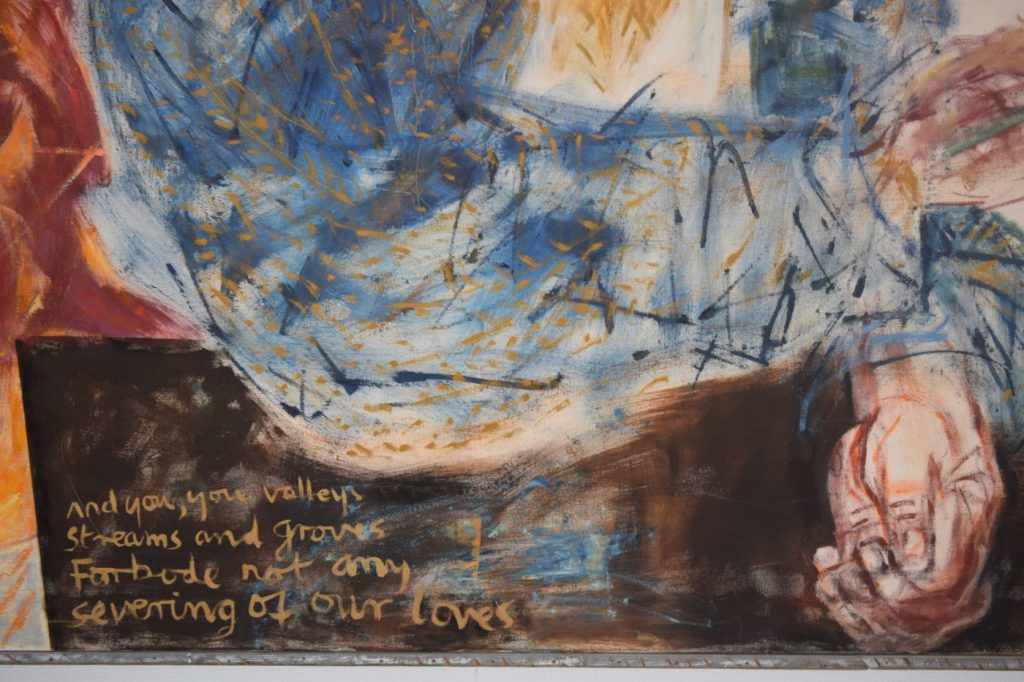
Photo: Hannah Emadian
The work of each artist was large and striking in its own way. My personal favourite was Lawson, whose bold brushstrokes create vivid imagery and deep, inviting narratives. I found her darkly classical style most alluring, as I searched to uncover the stories depicted within each frame. As mentioned in the introductory text to the exhibition, the pieces were not intended to be read chronologically, and I found myself crossing back and forth across the gallery space, without a clear line along which to read the work. The curator’s note also mentioned the way in which thematic and stylistic elements of all three artists’ seemingly dissimilar work are highlighted when displayed together. I failed to recognise any interesting parallels between Frink, Blow, and Lawson’s art; it was the stark differences between the three that made for an unusual and thought-provoking gallery experience.
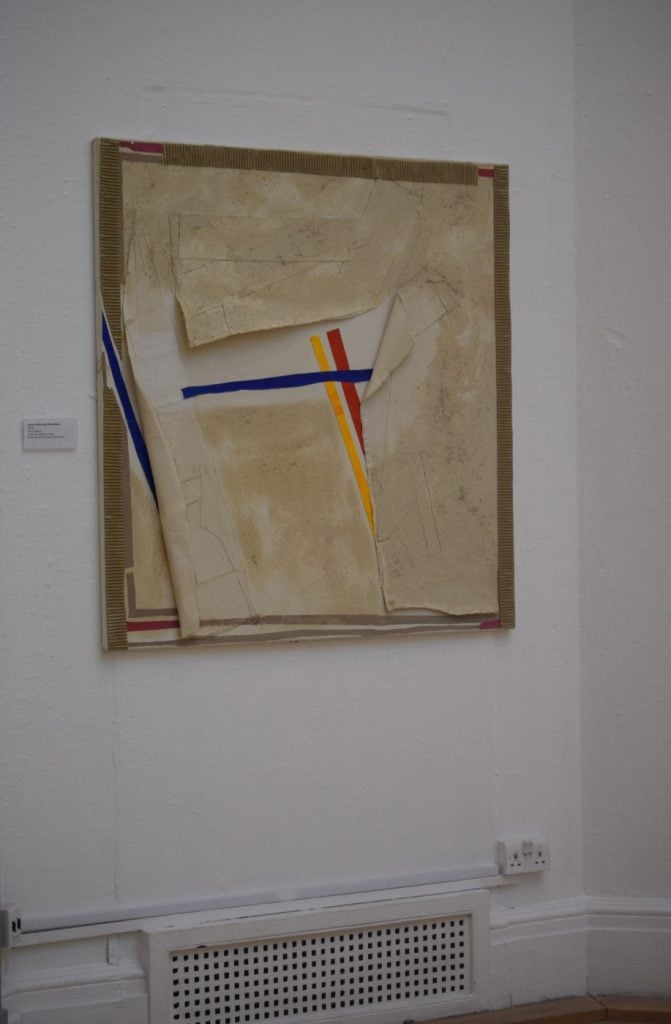
Photo: Hannah Emadian
Frink-Blow-Lawson, as the exhibition was named, made up just one gallery within the greater Women with Vision event spanning the top floor. Through Women with Vision, the RWA’s aim was to mark “the impact of female artists on our artistic landscape”, whilst commemorating “160 years since the RWA opened its doors to the public” in 1858. The back and middle side galleries were dedicated to Women of the RWA. The Royal West Academy, which grew out of the 1840’s Bristol Academy for the Promotion of Fine Arts, has always offered membership to female artists – a trend which other cities took fifty years to follow. These two spaces where thus filled with the work of its females members, from the longest standing to the newly initiated. Modestly nestled in a back corner was a Vanessa Bell (Bloomsbury Group painter, 1879 – 1961), alongside the diaries of founder and first benefactor of the RWA, Ellen Sharples (portrait painter, 1769 – 1849), and contemporary plans of a sculpture currently on display in Castle Park.
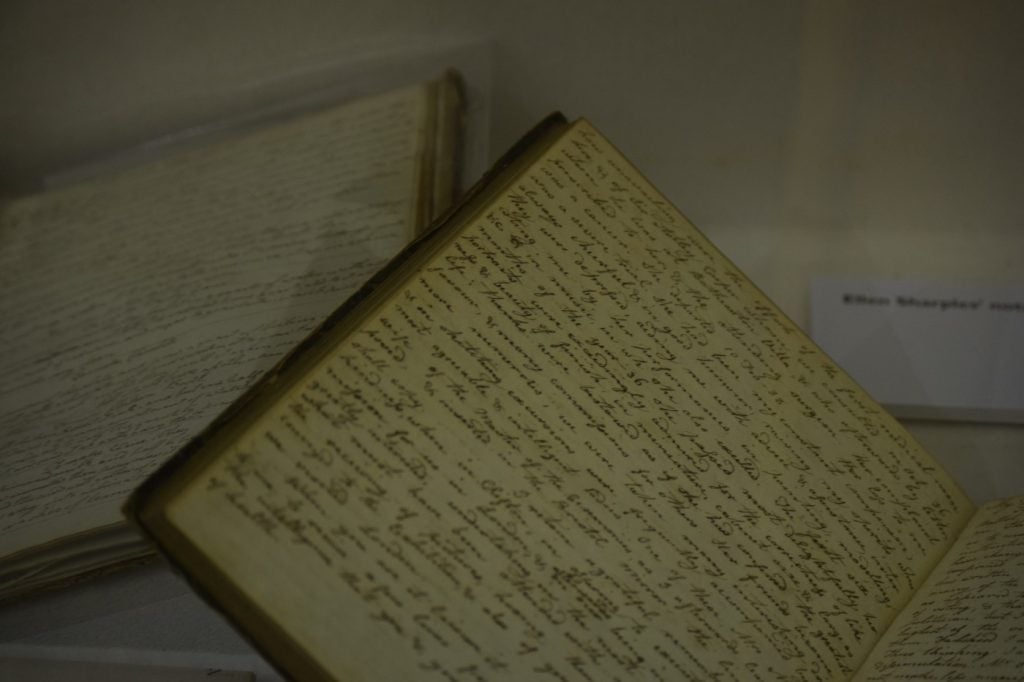
Photo: Hannah Emadian
Whilst I appreciate that the curators did not intend the various smaller exhibitions that comprise the greater Women with Vision to have a clear narrative, I found the space hard to navigate and understand. Rather than forming a collective story, the sole purpose seemed to be to give space to the internationally celebrated and underappreciated works of female artists, side by side. Despite feeling it was less thought-provokingly curated than usual, I enjoyed experiencing the work, and taking a moment to appreciate an exclusively female exhibition. This alone, considering the timing of the exhibition, is in itself enough to identify Women with Vision a success.
Filed under: Art & Photography
Tagged with: art, bristol, Bristol Art, British Art, Elisabeth Frink, Ellen Sharples, Royal West Academy, RWA, Sandra Blow, Sonia Lawson, Vanessa Bell, Women in the Arts, Women with Vision
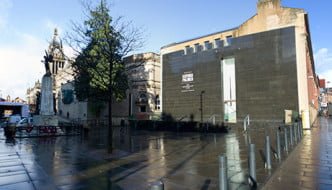
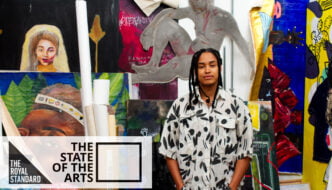
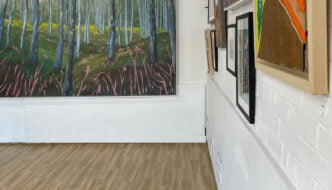
Comments